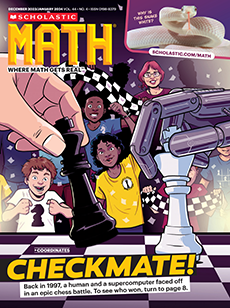Play the “Trashbots” video. Then discuss the following questions as class:
• What do Rohit and Sidharth consider a real engineer to be? (a person who finds materials around them to
create something new instead of buying materials)
• What problem did Rohit and Sidharth notice? (Teachers might not be able to teach their students technical skills adequately since materials and tools are so expensive. Also, resources might be scarce.)
• What was their solution? (They built a basic robotics kit that would make resources and tools more accessible.)
